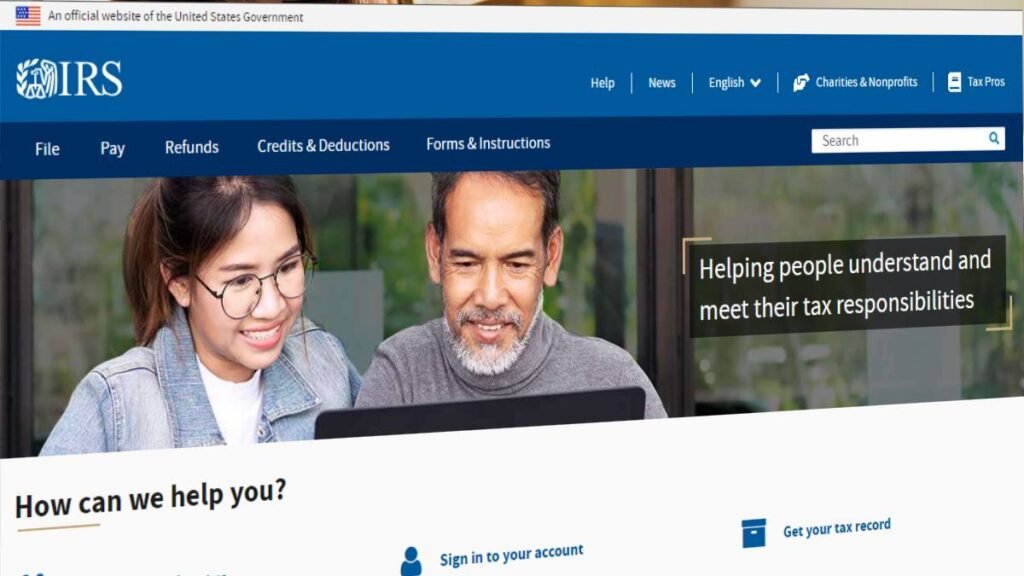The IRS free filing system, also known as Direct File, has completed its testing phase with 1,500 returns and is now fully available in 12 pilot states, according to the announcement by the US Department of the Treasury.
This IRS Free Filing System has been designed for “simple tax situations,” and it has been estimated to cover around 1/3rd of tax situations for 19 million taxpayers. The Spanish language version of the program will launch later today at 1 pm.
During a press call on Monday, Wally Adeyemo, Deputy Secretary of the Treasury, said that the IRS Free Tax Filling System that is being introduced has been provided in many countries for their citizens. He added that American taxpayers who wish to file their taxes for free directly with the IRS should have that option available to them.
According to Treasury officials, the IRS Free Filing System is expected to attract 100,000 taxpayers for 2023 filings. Adeyemo said this participation will help the agency make future decisions about the program.
According to a report from the Economic Security Project released Monday, within five years, the program could save the average filer $160 per year, totaling $11 billion annually, including tax prep fees and time.
The IRS Free Filing System
The IRS Free Filing System, also known as Direct File, has been described as “simple, secure, and free.” Its software is designed to streamline the tax filing process, according to Laurel Blatchford, the Chief Implementation officer of the US Department of the Treasury for the Inflation Reduction Act.
According to IRS Officials, individuals should have basic, uncomplicated returns with specific types of income, credits, and deductions to become eligible for the IRS Free Filing System.
The pilot program will only accept Form W-2 wages, Social Security retirement income, unemployment earnings, and interest of $1,500 or less. This means it will not cover individuals with contract income reported through Form 1099-NEC, gig economy workers, or self-employed filers.
Additionally, to be eligible for the IRS Free Filing System, individuals need to take the standard deduction, which is $13,850 for single filers and $27,700 for married couples filing jointly for 2023.
Moreover, the Direct File supports only a few credits like the earned income tax credit, child tax credit, and credit for other dependents. It also allows deductions for student loan interest and educator expenses.
However, the Direct File pilot launch has faced opposition from the private tax filing industry, and some Republicans have raised questions about the agency’s authority to establish the program.
When questioned about the IRS Free Fling System during a House Ways and Means hearing in February, IRS Commissioner Danny Werfel said that the agency has both the responsibility and authority to provide taxpayers with various methods to help them fulfill their tax obligations.
This tax season, taxpayers have multiple free filing options, including IRS Free File, Volunteer Income Tax Assistance, Tax Counseling for the Elderly, and private company software.
States Implementing the New System
The states that have been included in the IRS Direct File pilot states are New York, South Dakota, Arizona, California, Wyoming, Massachusetts, Nevada, New Hampshire, Tennessee, Texas, Washington, and Florida. Alaska was removed at the end.
According to a senior administrative official, the soft launch and limited rollout of the IRS Free Filing System was done intentionally to gather data for future improvements and decisions.
The IRS Free Tax Filing System does not take care of the state returns, but users from Arizona, California, Massachusetts, and New York will be directed to a state-supported tax-prep tool.
Read Also:
Bitcoin Hits $71000, Reaching a New High as Demand Increases
